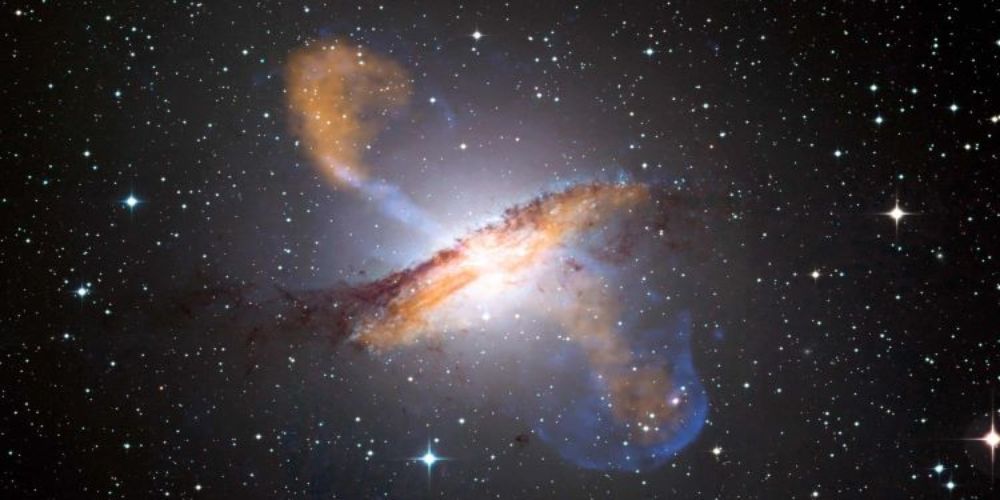Conferencias y seminarios
Seminario DAS: The connection between optical and GeV flux variations in Fermi blazars
Fecha
Miércoles 31 de mayo de 2023
Hora
12:00
Lugar
Auditorio Central, DAS - Cerro Calán
(Camino El Observatorio 1515, Las Condes)Speaker: Dr. Bhoomika Rajput, Postdoctoral Researcher, Universidad de Chile
Abstract: The extragalactic gamma-ray sky is dominated by the blazar class of active galactic nuclei (AGN). These sources with their relativistic jets pointed close to the observer show flux variations over the entire accessible electromagnetic spectrum. In the leptonic model of emission from blazar jets, the low energy emission is from acceleration and cooling of relativistic electrons through synchrotron emission process and the high energy emission is through inverse Compton scattering off jet relativistic electrons that produce the synchrotron emission. Whereas in the hadronic model of emission from blazar jets, relativistic protons also contribute to the high energy emission through the proton synchrotron emission or photo-pion production processes. An efficient way to constrain the leptonic v/s hadronic emission from blazar jets is through modelling of the broad band spectral energy distribution of blazars. An alternative and relatively cheap method to constrain the leptonic v/s hadronic emission in blazars is via the analysis of flux variations in the optical and γ-ray bands. According to the leptonic model, the flux variations in the optical and GeV bands of blazars are expected to be correlated. Alternatively, in the hadronic scenario of emission from blazar jets, a correlation between flux variations in the optical and GeV bands need not be expected. To probe the possible connection between optical and GeV emission mechanisms in blazar jets we carried out a systematic analysis of the bright blazars detected by the Fermi Gamma-ray Space Telescope. Our analysis that includes spectral, timing and broad band spectral energy distribution (SED) modeling utilized quasi-simultaneous data acquired in the optical, UV, X-ray and gamma-ray energies. In this analysis, we noticed (i) correlated optical and γ-ray flux variations, (ii) optical flare without a γ-ray counterpart and (iii) γ-ray flare without an optical counterpart. In this talk, I'll discuss whether the varied correlation behaviors of flux variations in the optical and gamma-ray bands can be constrained by the leptonic scenario for blazars.
- Organiza
- Departamento de Astronomía
- Contacto
- Diego Mardones +56 22 977 1143 diego@das.uchile.cl
Departamento de Astronomía


